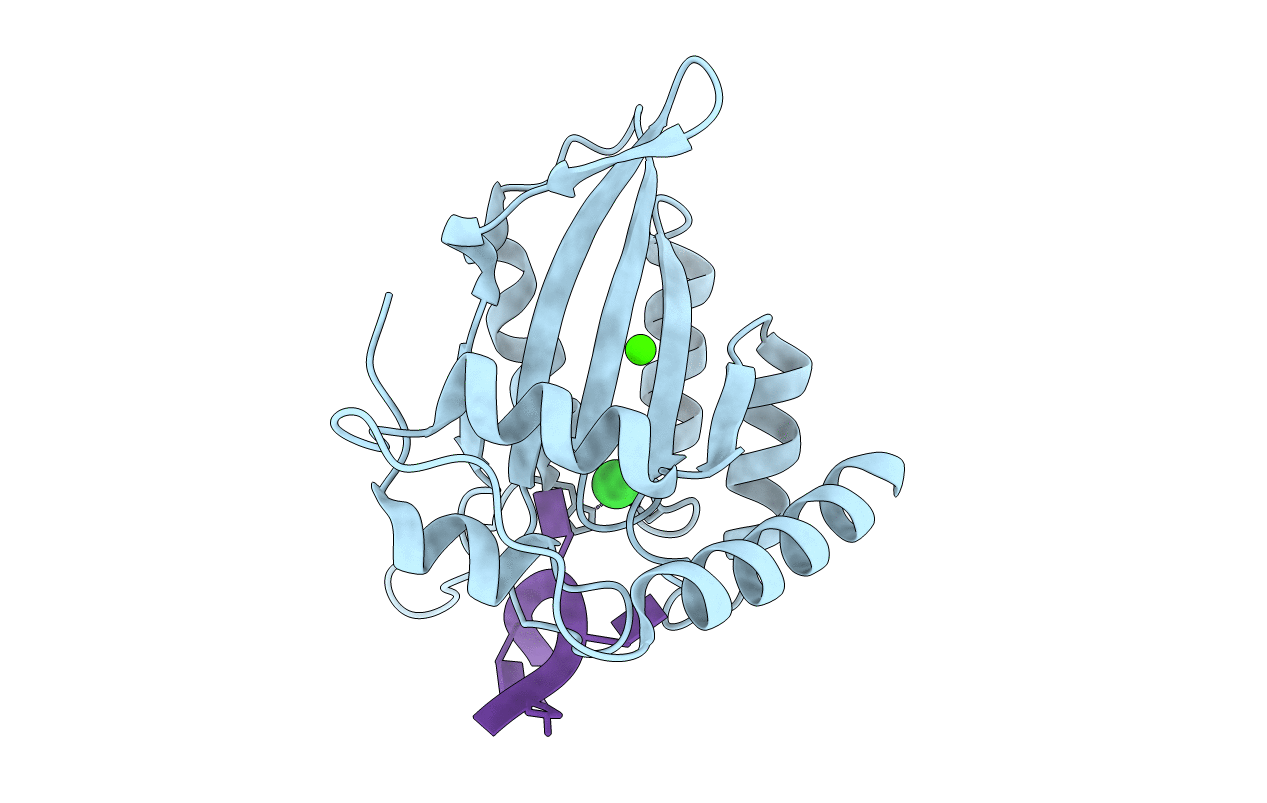
Deposition Date
2016-06-09
Release Date
2017-05-10
Last Version Date
2024-10-16
Entry Detail
PDB ID:
5KEG
Keywords:
Title:
Crystal structure of APOBEC3A in complex with a single-stranded DNA
Biological Source:
Source Organism:
Homo sapiens (Taxon ID: 9606)
synthetic construct (Taxon ID: 32630)
synthetic construct (Taxon ID: 32630)
Host Organism:
Method Details:
Experimental Method:
Resolution:
2.20 Å
R-Value Free:
0.22
R-Value Work:
0.17
Space Group:
I 2 2 2


